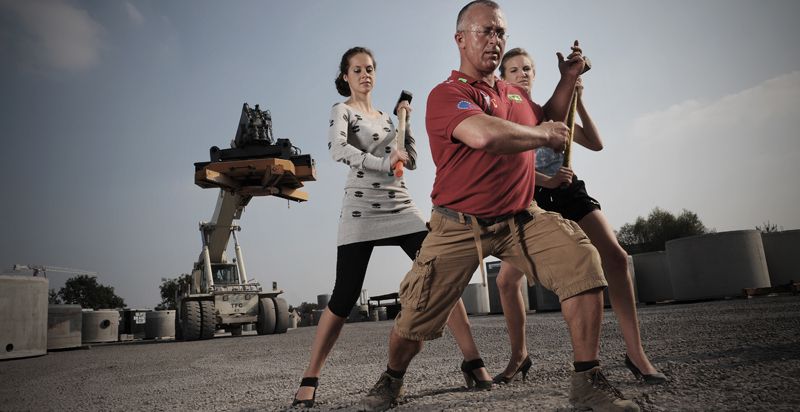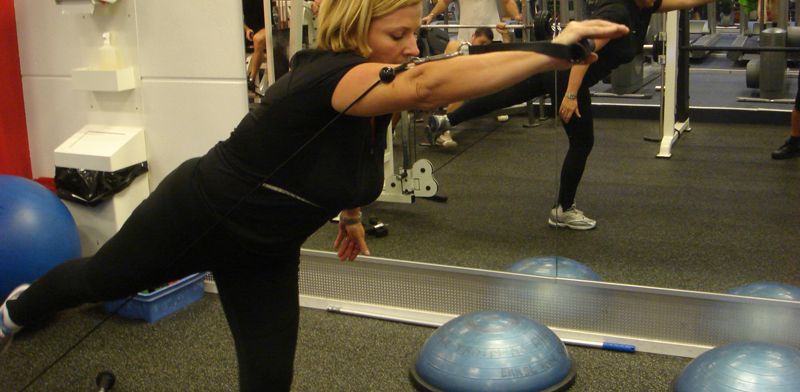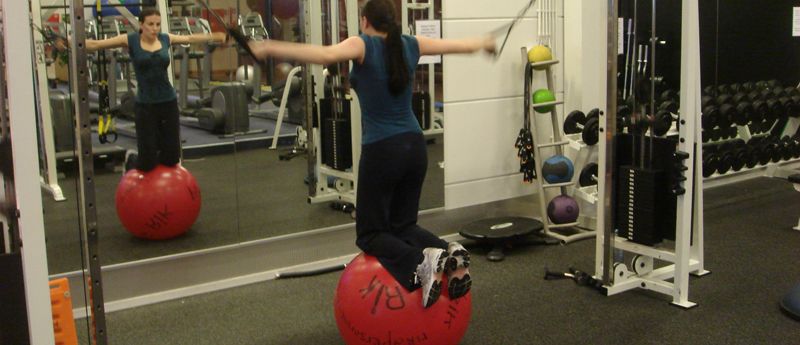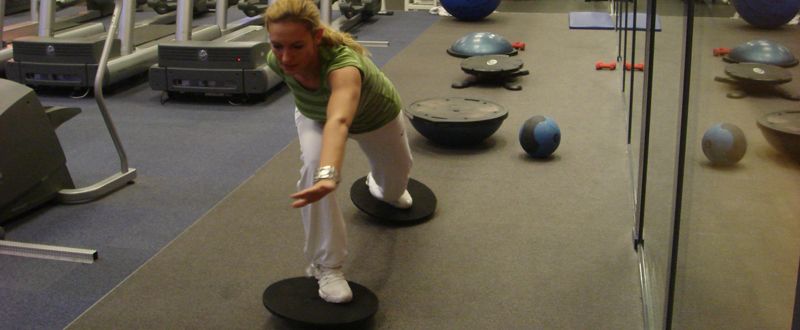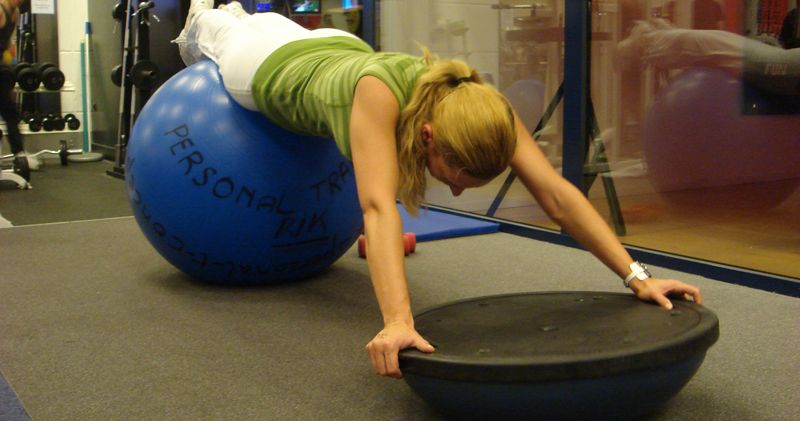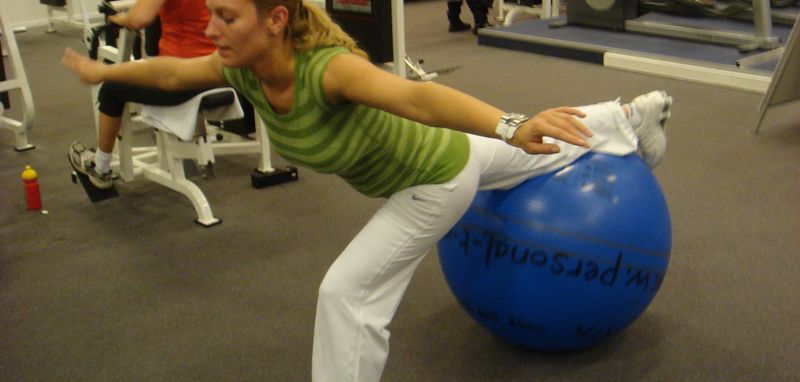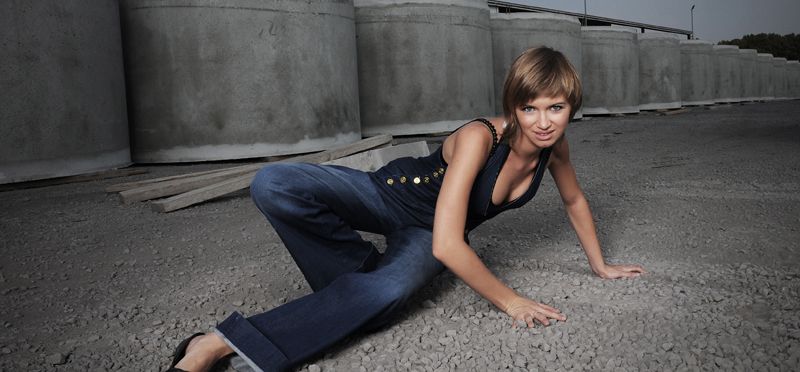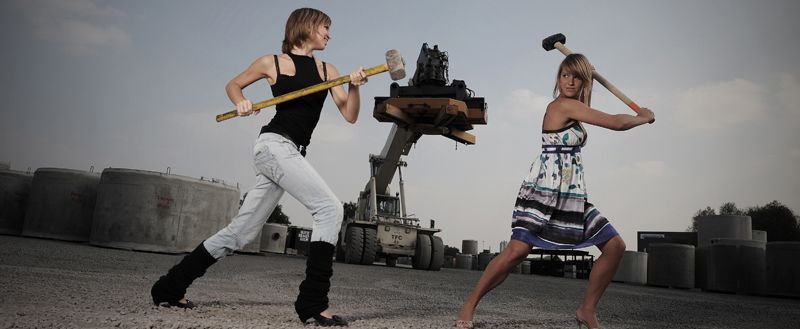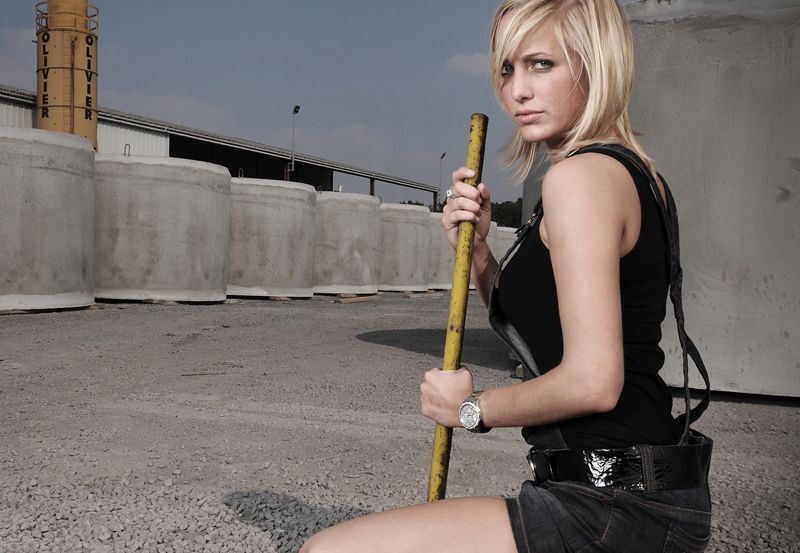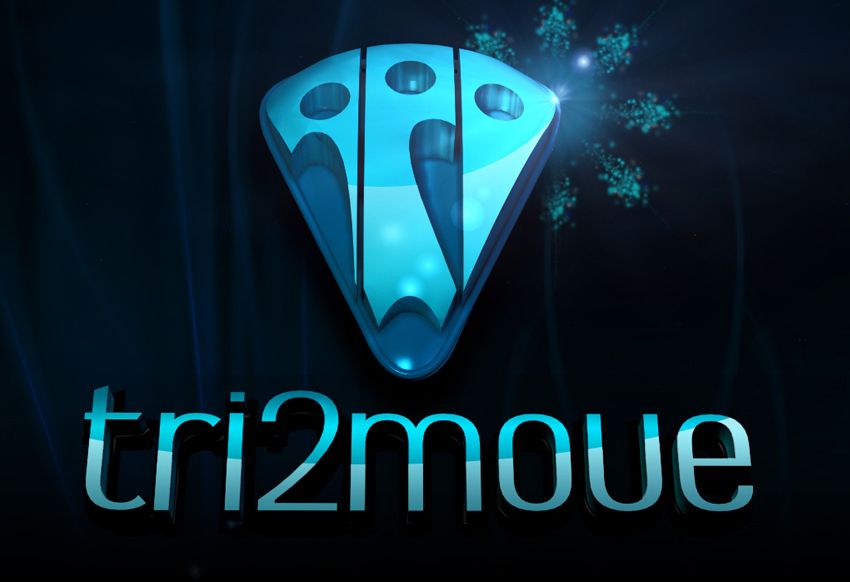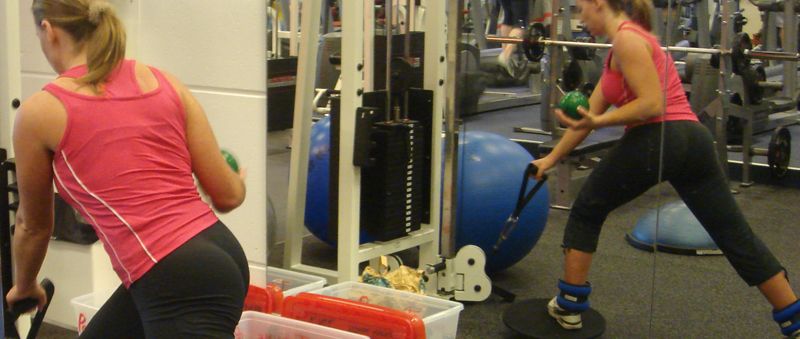How does coördination work?
The brain must interpret movements based on spatial perception in order to plan further movement. The resulting plan must then be translated into a detailed series of instructions for the muscles so that they contract at the right time. During movement initiated by the brain, there is a constant flow of information from all nerves in muscles and joints about their location and their degree of contraction. All of this information must be collected and processed and the movements need to be adjusted if necessary. (Input and Output)

Functional training often uses unstable surfaces to work on stability and balance. Examples of these surfaces are the BOSU and the balance board. Unstable environments like these are not new: they have been used for ages. (This makes spatial perception more difficult, in order to access more muscle cells)
For example, a number of martial arts already used unstable surfaces to train in ancient times. The exercises are sometimes performed with bare feet in the sand or on small wooden posts in order to increase stability, balance, strength and power.
In addition to the martial arts, circus acts also use an unstable environment. Circus techniques are performed on balls, ropes, shoulders and animals. As a result, the artists develop incredible stability and balance, and we see that they have a well-developed body, with enormous power and agility.
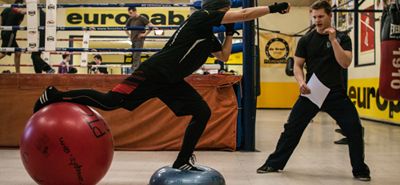
In the fitness world, it is therefore worth convincing people to train in these ways.
Functional training uses an unstable surface to work on better stability and balance. This is the basis for executing a movement smoothly and efficiently and improving performance.
What is stability?
In recent years, more and more attention has been paid to the importance of controlled muscle movement and optimal musculoskeletal function. Stability training again plays an important role here. While they were first used as part of rehabilitation, these exercises are now increasingly part of sports training programmes.
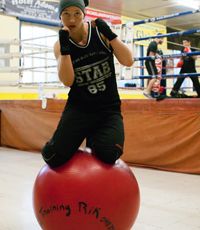
Yet a number of misconceptions still remain. For example, many people see abdominal exercises as stability training. However, this is only part of what is meant by stability training.
To determine the stability of a joint, you need to look at three components.
The active system:
This system consists of different muscles that act on a specific joint. They are divided into mobilising and stabilising muscles.
Mobilising muscles consist mainly of fast muscle fibres and provide strength and speed to start the movements. These global mobilisers work actively when the body makes a large or rapid movement, because they are large and powerful, and they lie superficially (e.g. pectoralis major muscle).
In addition, there are also stabilising muscles that consist of slow muscle fibres and are responsible for controlling or maintaining a joint position. They can be further subdivided into local and global stabilisers.
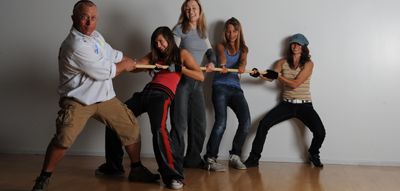
Local stabilisers are constantly active in all joint positions and maintain the joint extremities in optimal position throughout the movement. These small, deep muscles lie alongside the joints and work mainly isometrically, which means that they are very functional with little force. These stabilisers hold certain positions for longer periods of time and also control movement.
Global stabilisers are situated less deeply and do not work throughout the entire movement. They are responsible for slowing down movement.
The passive system:
The bones, ligaments and joint capsules that make up this system have a major influence on joint mobility. They maintain stability within the joint. If this system is not sufficiently developed, a joint can be lax or unstable.
The neural system:
This last system controls the muscles so that they are activated at the right time. During stability training, this system processes a large amount of stimuli.
These three components must cooperate efficiency for safe and efficient power transfer. When they work in balance, stability is achieved. When they do not work in harmony, the joints become unstable, which can lead to pain and injuries.
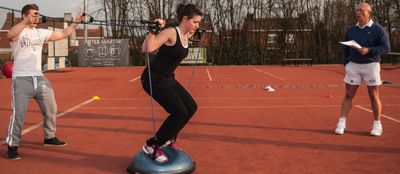
Why is stability so important for efficient movement?
Stability is required for movement. The most important factor in optimal movement is stability in the trunk and pelvis, i.e. the core.
Een stable core plays a number of important roles:
- On the one hand it is important for the transfer of power from one body part to the other. This is how we move ourselves and external objects.
- On the other hand, a stable core helps prevent injury.
- The core also plays a role in keeping movements in the pelvis, hip and torso under control, thus producing optimal force in the other muscles of the body.
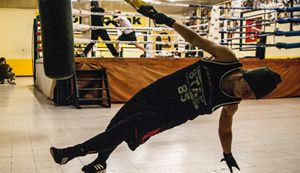
Our body is stable when it can remain in balance with as little effort as possible. As mentioned above, optimal cooperation between the various parts of our body, such as the nerves, muscles, tendons and joints, is important. This means that effort can be sustained for longer periods of time.
Functional training does not involve working with large weights, but focuses primarily on disruption of balance in order to solicit the small muscles. The goal is to improve movement itself and not to develop strength.
This type of training is very important for optimal movement. A body that is out of balance leads to overload on the large back muscles. Because they are not developed to maintain posture for long periods of time, this leads to strain and pain. Well-developed, small, stabilising muscles take over this task from the large back muscles, so that the back muscles can focus on their actual task, namely the development of strength.
And this brings us to the fascia, a powerful and unmistakable component of effective coordination.
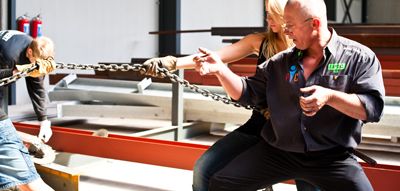
Training according to the myofascial lines
What is the fascia
The fascia is the most interesting part of the fascial system. This connective tissue runs without interruption from the head to the feet. Its structure is a tightly woven and penetrates every bone, muscle, nerve, artery, vein and all internal organs.
In addition to connecting the body, the fascia also plays an important role in supporting it. The surrounding, attaching and constant pulling force of the fascia on all structures means that it acts as a stabiliser.
The fascia forms an envelope that surrounds all parts of the muscle. For example, muscle fibres are packed in a thin, tight covering of connective tissue, and are then bundled with a thicker layer of fascia. The entire muscle is then wrapped in another layer of the same structure.
A third important function of the fascia is to constitute the tendons attaching the muscles and ligaments to the bones.
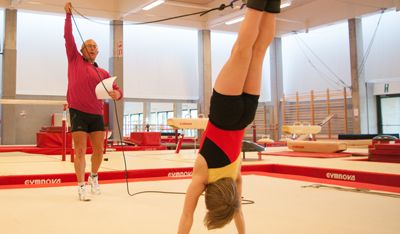
This enormous spider’s web extends throughout body as a connecting force. This connectivity also has consequences when trauma occurs. Trauma in one specific area of the body exerts a strong influence on tissues in other parts of the body. For example, an injury in the shoulder can over time affect the condition and function of the fascia further down the arm and hand. As a result, it is sometimes difficult to determine the precise location of the trauma.
Good fascia condition is therefore very important for good function. There are a number of criteria that a fascia must meet in order to be healthy:
- Firstly, the connective tissue must be strong enough to absorb all the forces that act on the body;
- Great elasticity is also needed for everything to work and move properly;
- Finally, the fascia must be smooth enough so that the different parts move over each other easily.
The fascia is divided into 3 layers:
- The outermost layer is immediately under the skin and is perfectly tailored to the structure it surrounds.
- DThe middle layer is responsible for holding the organs, blood vessels, nerves, muscles and bones together.
- The innermost layer envelopes the brain and spinal cord.

The myofascial lines
Functional myofascial chains are composed of the muscles and fascia structures already included in the superfascial chains. In contrast to these chains, the functional myofascial lines are stronger and are not limited solely to maintaining posture. During movement, they create the power to move and also help with stability.
A myofascial chain consists of the link between the muscles, bones and fascial membranes. These chains run in a straight line through the sagittal plane or in a spiral form vertically through the three-dimensional planes. They provide a route for the mechanical communication of tension and pressure. This tension and pressure, developed in one area, is sent through the body along the myofascial lines that connect the different structures.
Mobilisers
Mobilisers are forms of stretching that use movements within the body’s safe range of motion. Mobilisers involve performing movement within no more than the maximum range of motion. These exercises aim to improve the movement and vitality of the body.
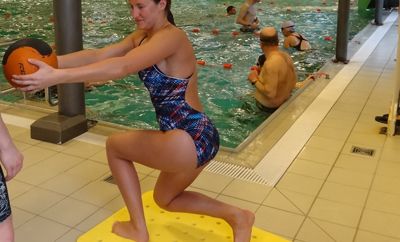
Chain reaction
The action of muscles in daily life or in sports is more than the isolated, concentric actions often still focused on during training. Real muscle function is three-dimensional, reacts to gravity and reacts to unexpected events. The muscles are first solicited eccentrically before being released concentrically.
The eccentric contraction provides approximately three to nine times more energy than the concentric contraction. This makes the muscle perform much more efficiently.
To fully unleash the power of anatomy, humans must learn to create a chain reaction between adjacent muscle groups. Here, we need to remember that all muscles and joints function in a three-dimensional environment and in cooperation with other adjacent muscles, as well as with muscles in other parts of the body.

Integrated training and flexibility propagate the chain reaction via the abdominal muscles to increase strength. The movement starts from the feet and moves up through the ankles to the hip flexors and ends in the abdominal muscles. The chain reaction therefore moves upwards via the knee and hip muscles. If these muscles do not work properly, the athlete’s stride is shorter and the hip does not move optimally when tilted forward. This results in overload of abdominal muscles in the sagittal plane. These problems have immediate consequences for the abdominal muscles and the upper body, as a result of which movement is not fully loaded in the frontal and transverse plane.
Preloading & Unloading
Human movement is caused by the equal and opposite reaction of the power of the body. Muscles control movement. All muscles have actions that they must slow down before they accelerate the movement or overcome gravity. We call this slowing down “preloading” and speeding up “unloading”. Muscles slow down or control actions while extending or loading.
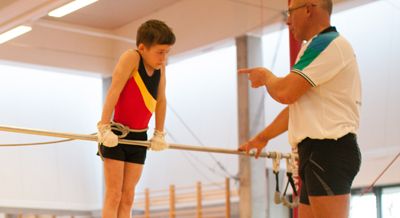
During extension, energy is stored to fill up the muscles for propulsion or acceleration of the movement. During this preparation, the muscles slow down the downward force of body weight and store the energy. We call this phase “preloading”.
During “unloading”, the body responds to the pressure created during the preloading phase. The body then absorbs the downward forces of gravity and the weight of the body and at the same time gives off a reaction. This reaction extracts the energy from the deceleration process and converts it during the acceleration phase. During this phase the muscles respond by shortening concentrically..
Preloading and unloading are not disconnected from each other. Without the preloading phase in all three planes of movement, the body cannot complete the desired discharge optimally in the unloading phase.
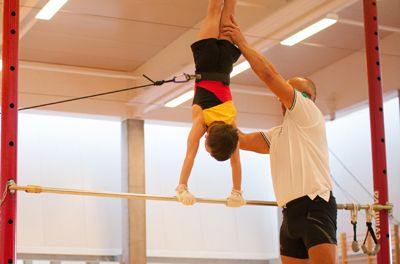
So you can see that functional training has a lot more to offer than a classic workout machine.
You can do functional training outdoors, in a swimming pool, at the sea, in the forest, … your Professional Personal Trainer can offer all sorts of advice. He is creative, resourceful and can propose a wide variety of programmes. And, most importantly: Training depends on you. It’s up to you to make a change and discover that functional training should be done every day (input vs. output)
Get going with Personal Training: functional training will regulate your hormonal balance
